Besides the contribution of Thoai Ngoc Marquis Nguyen Van Thoai, the contributions of many other related officials have also been gradually mentioned. However, we know less about the activities of lower-level figures who directly worked on the canal construction site.
In October 2024, we had the opportunity to meet with the descendant of Mr. Le Van Hue - a low-ranking soldier who worked directly on the Vinh Te canal construction site - in Thot Not (Can Tho), Mr. Le Trong Tien, and shared the documents that the family is storing.
The document block includes papers related to Le Van Hue from 1814 to 1836, including three important documents that help understand Le Van Hue's role in the third digging of Vinh Te Canal, as well as the mobilization and disbandment of laborers for that digging.
Exploring the Thot Not region
According to Le Van Hue's own testimony, he was born in the year of At Ty [1785]. It is unclear who his parents were or what their background was. The Le family's memories in Thot Not consider Le Van Hue as their ancestor. In 1806, Le Quang Dinh described the Thot Not canal as "having people and fields on both sides". The 1822 edict recorded that Le Van Hue was from Thoi Hoa Trung village, Vinh Dinh district, Dinh Vien prefecture, Vinh Thanh town. Later, this village was renamed Thanh Hoa Trung village.
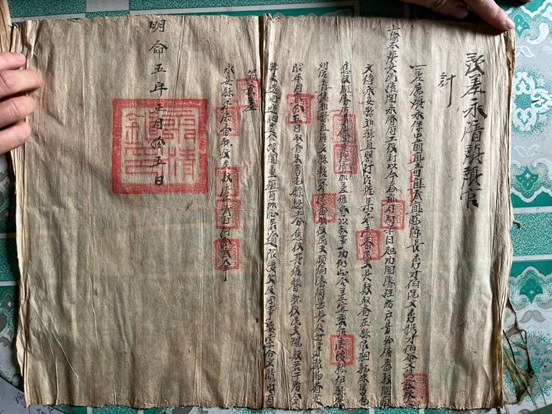
Paper to mobilize laborers of Vinh An district to dig Vinh Te canal
PHOTO: LE TRONG TIEN
The land register of Thanh Hoa Trung village in 1836 recorded the names of many landowners with the surname Le such as Le Van Thong, Le Van Huyen, Le Van Van, Le Thi Phuong... This detail shows that the Le family had come and reclaimed the Thot Not area for a long time. Le Van Hue himself also owned a number of land plots and gardens. Before the land register was established, Le Van Hue and Nguyen Thi Loi reclaimed some land. In addition, he and three other people, Van Duc Huong, named Quy, and named Dang, reclaimed a lot of land. When the land register was established, Le Van Hue also owned a 21-acre land plot, a 30-acre land plot (shared with Le Van Hoi), a 4-acre garden plot, and a 3-acre garden plot (shared with Le Van Hoi).
Join the army and dig Vinh Te canal
In 1814, at the age of 29, Le Van Hue was selected to join the army. He was assigned to the 3rd team, Vinh Bao Tien base, Vinh Thanh town. Shortly after, because he was "good at his job, capable and diligent in his duties", he was appointed as the convenient Captain of the 4th team of that team, then changed to the 3rd team. In 1822, during the examination period, Le Van Hue was officially appointed as the Captain of the 3rd team, 3rd team, Vinh Bao Tien base, and was awarded the title of Hue Tai Ba.
At that time, the work of digging Vinh Te canal had entered its final stage. At the end of the 4th year of Minh Mang (1823), the king ordered the mobilization of laborers from the 5 towns of Phan Yen, Bien Hoa, Vinh Long, Dinh Tuong, and Ha Tien to continue digging the canal. Today, the descendants of the Le family in Thot Not still keep 3 documents issued to Hue Tai Ba Le Van Hue, ordering the organization of soldiers and civilians to dig Vinh Te canal. Thanks to that, we know the situation of organization and mobilization at that time.
The order dated January 15, the 5th year of Minh Mang (1824) was delivered by the Imperial Commissioner of Vinh Thanh to the Captain of the 2nd Team of Vinh Bao Trung, Dung Tai Ba Nguyen Van Dung, and the Captain of the 3rd Team of Vinh Bao Tien, Hue Tai Ba Le Van Hue, to urge the District Chief of Vinh An to recruit laborers. Laborers were ordered to prepare tools, along with bamboo, thatch, and thatch. The deadline was January 25, everyone had to be present at Chau Doc station to receive the land to be dug. The number of mobilized laborers was 1,383, including both civil servants and laborers.
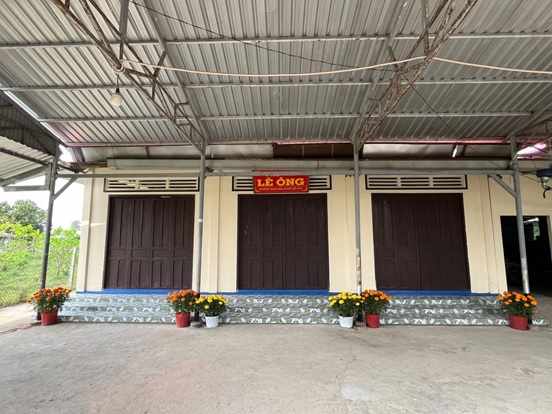
Le Van Hue Temple in Thot Not
PHOTO: LE TRONG TIEN
On January 28, the Vinh Thanh governor issued a warrant to Hue Tai Ba Le Van Hue to supervise the Vinh Nhat group to proceed with the canal digging. History books state that the task of this phase was to dig and widen the remaining 1,700 truong of canal, then widen the canal flowing through Nao Khau Ca Am lagoon. On May 1 of the same year [1824], the Protectorate of Cambodia Nguyen Van Thoai issued Le Van Hue a certificate confirming the completion of the work, allowing him to return to his military post to work.
The completion of Vinh Te Canal was a victory for transportation, trade and agriculture on the Chau Doc - Ha Tien route. King Minh Mang took this opportunity to award "records" (a form of merit points) and gold and silk to the participants according to different ranks. Le Van Hue himself returned to the army. He served in the army until 1832 when he was ordered to transport the warehouse to Hue to pay tribute, returned to join the Gia Dinh army to participate in suppressing the Le Van Khoi rebellion, then followed the An Giang army to fight against the invading Siamese army. In 1834, Le Van Hue suffered from an eye disease so he asked to retire for treatment, and then in 1836 he asked to retire completely. Today, the descendants of the Le family still take care of the tomb and the temple of Hue Tai Ba Le Van Hue in Thot Not.
Source: https://thanhnien.vn/tai-ba-le-van-hue-nguoi-dao-kenh-vinh-te-185250208202058875.htm


![[Photo] The 9th Vietnam-China Border Defense Friendship Exchange](https://vstatic.vietnam.vn/vietnam/resource/IMAGE/2025/4/16/10e73e2e0b344c0888ad6df3909b8cca)
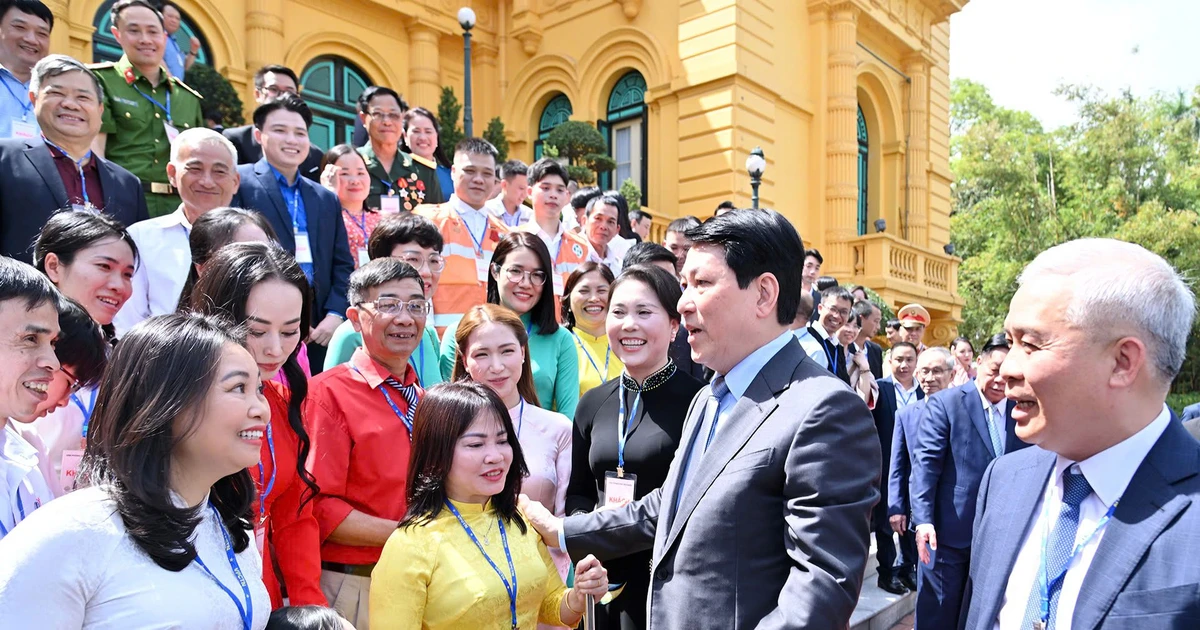
![[Photo] Opening of the Exhibition on Green Growth](https://vstatic.vietnam.vn/vietnam/resource/IMAGE/2025/4/16/253372a4bb6e4138b6f308bc5c63fd51)
![[Photo] General Secretary To Lam gave a speech at the National Conference to disseminate the Resolution of the 11th Central Conference, 13th tenure.](https://vstatic.vietnam.vn/vietnam/resource/IMAGE/2025/4/16/04e0587ea84b43588d2c96614d672a9c)
![[Photo] Prime Minister Pham Minh Chinh receives Cambodian Deputy Prime Minister Neth Savoeun](https://vstatic.vietnam.vn/vietnam/resource/IMAGE/2025/4/16/e3dc78ec4b844a7385f6984f1df10e7b)
![[Photo] President Luong Cuong meets 100 typical examples of the Deeds of Kindness Program](https://vstatic.vietnam.vn/vietnam/resource/IMAGE/2025/4/16/ce8300edfa7e4afbb3d6da8f2172d580)


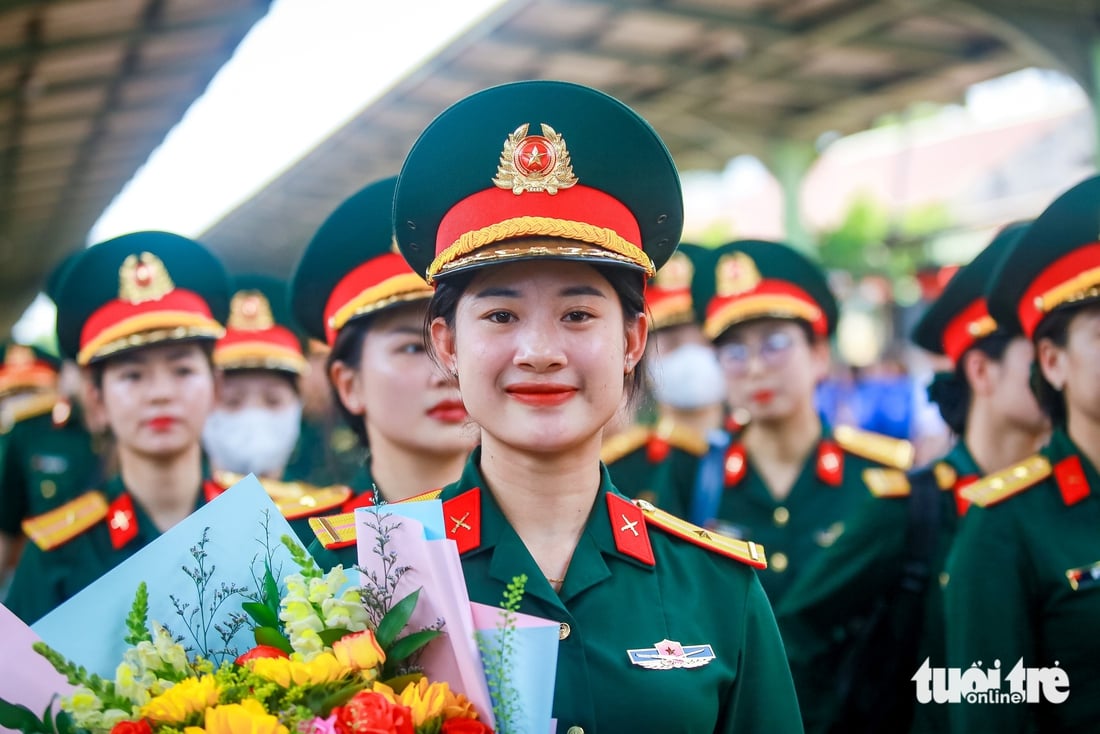


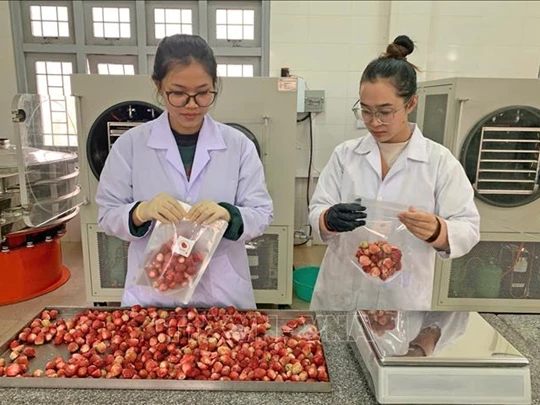

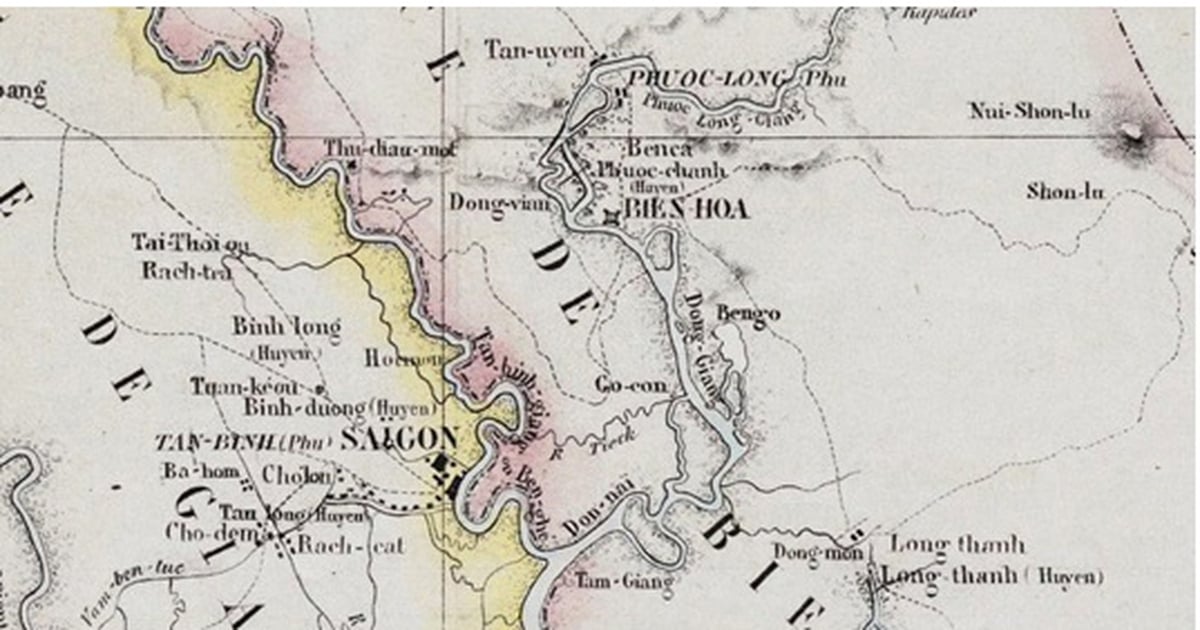

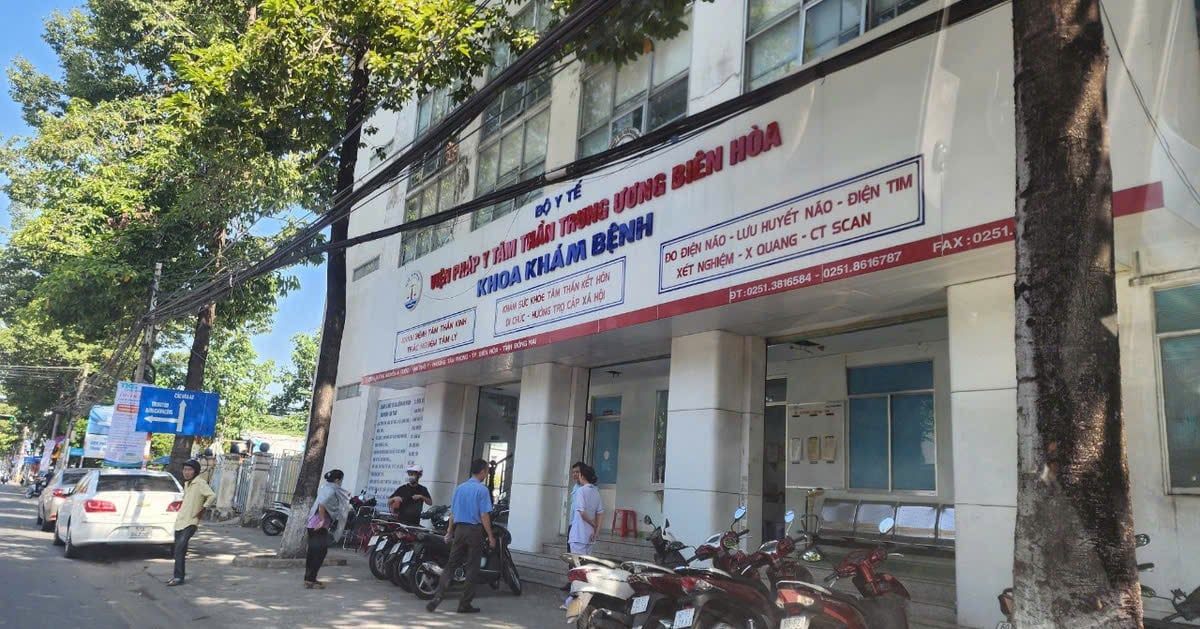
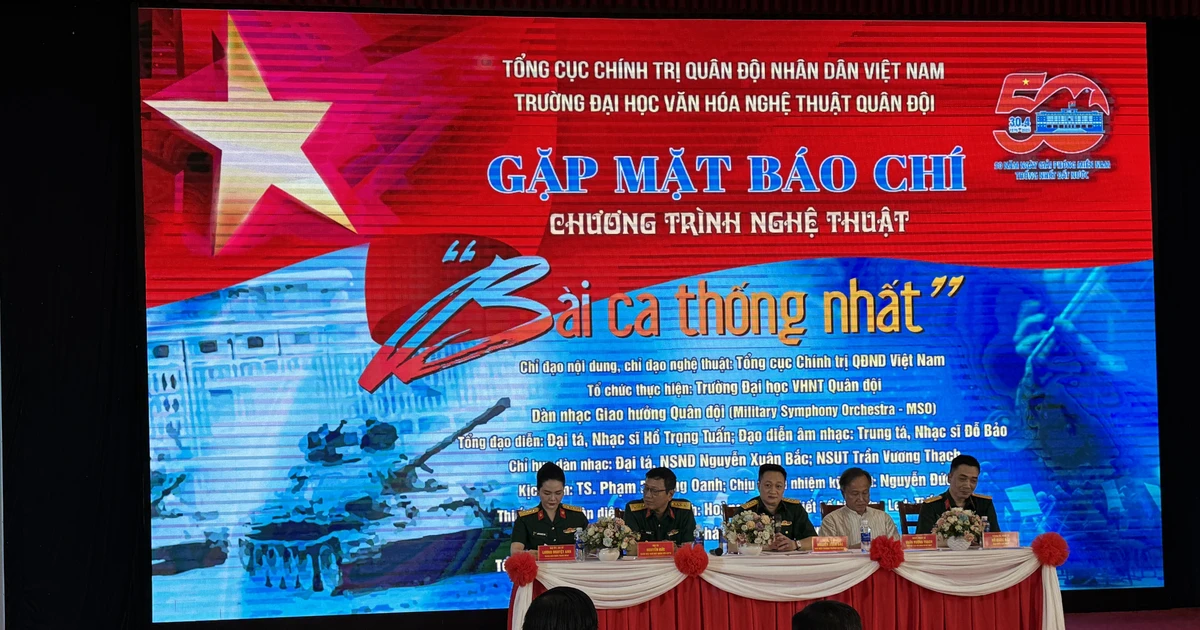

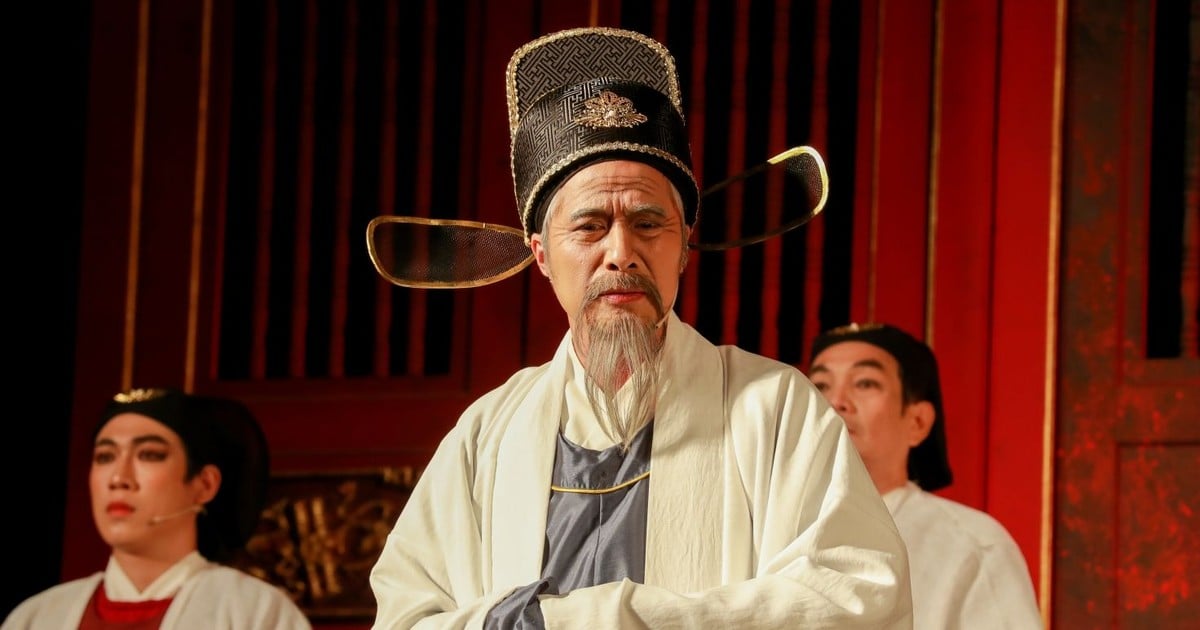

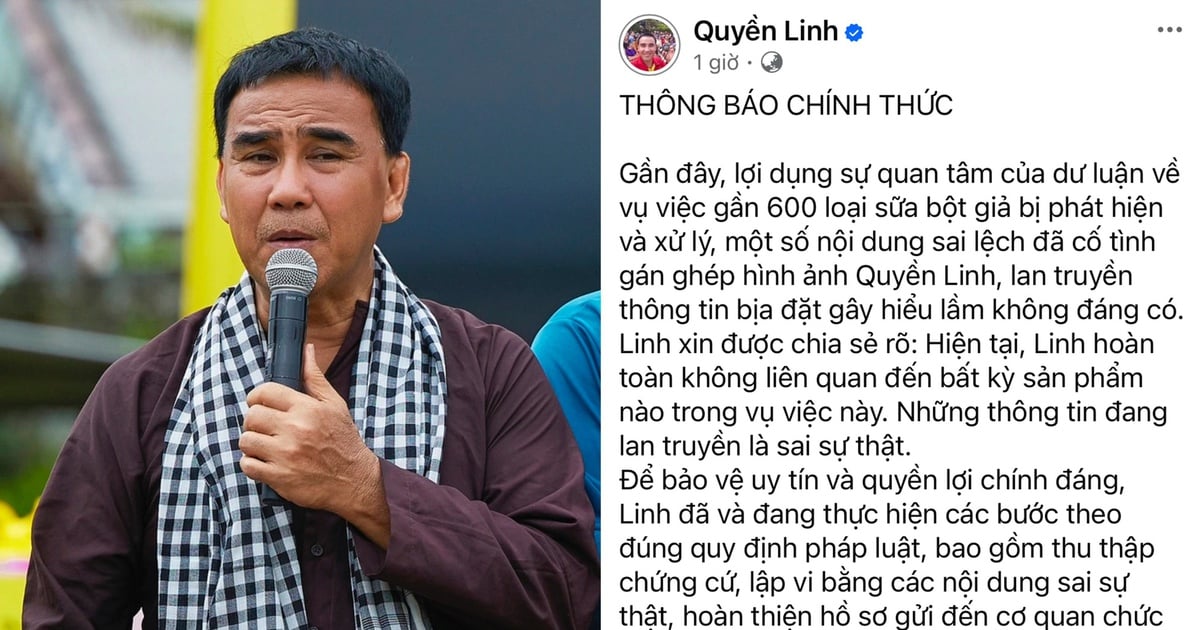
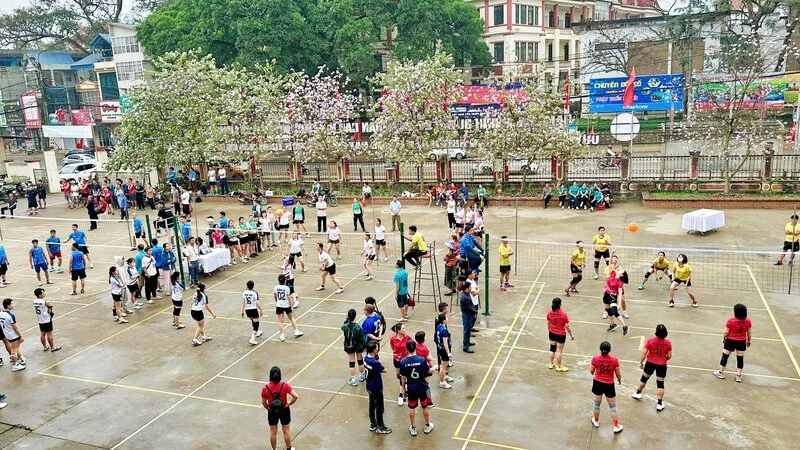




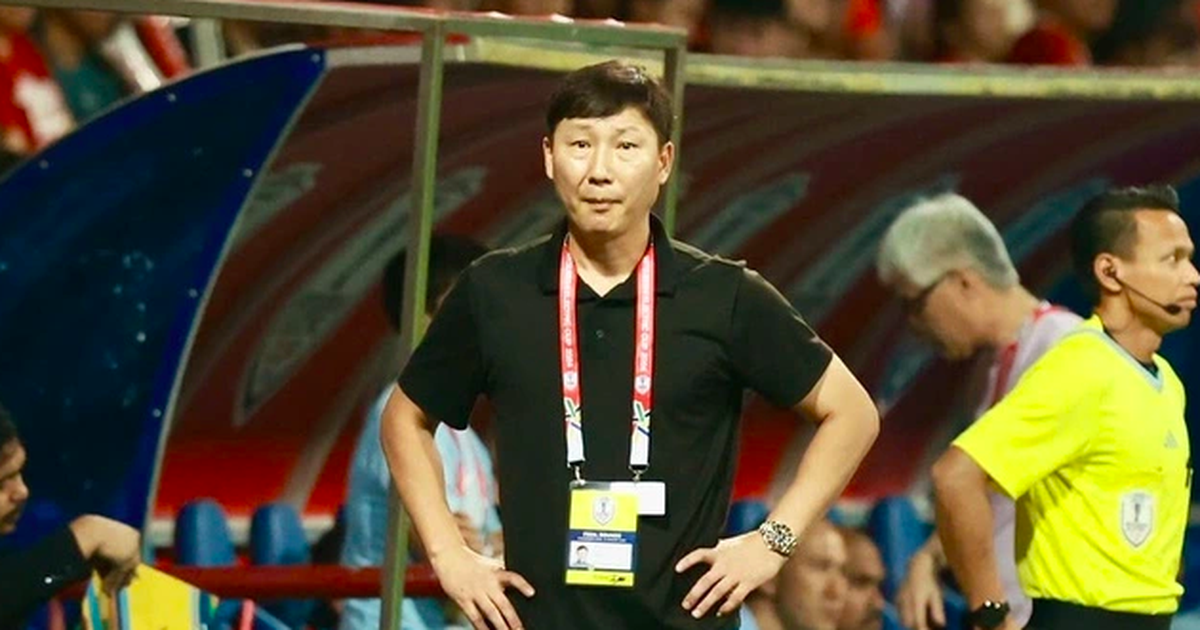
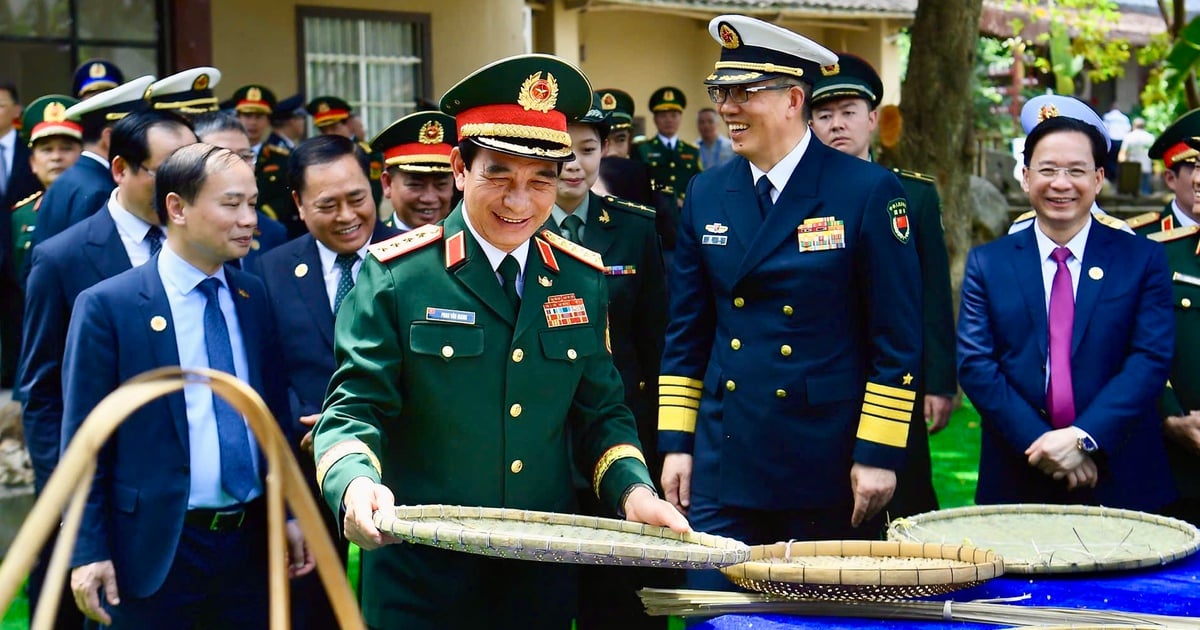


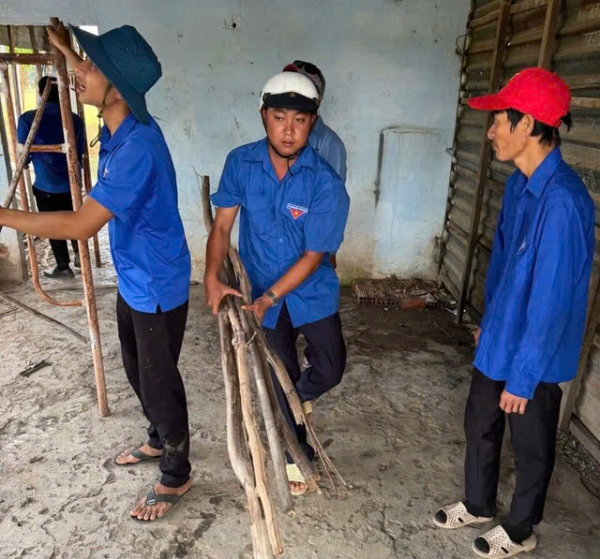



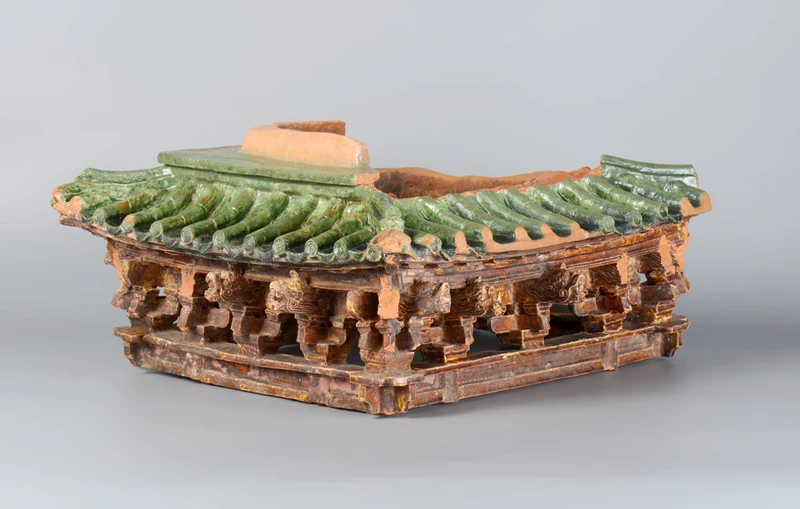



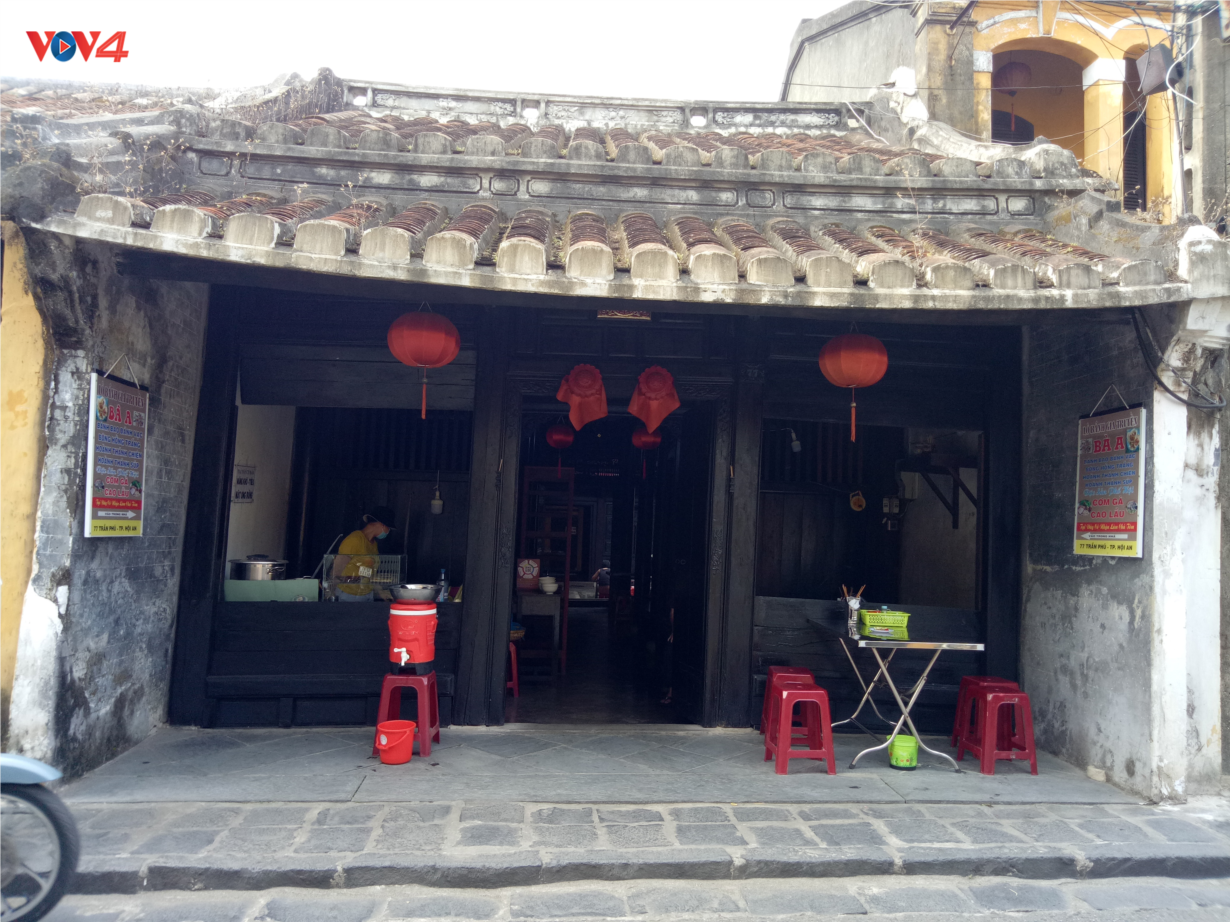

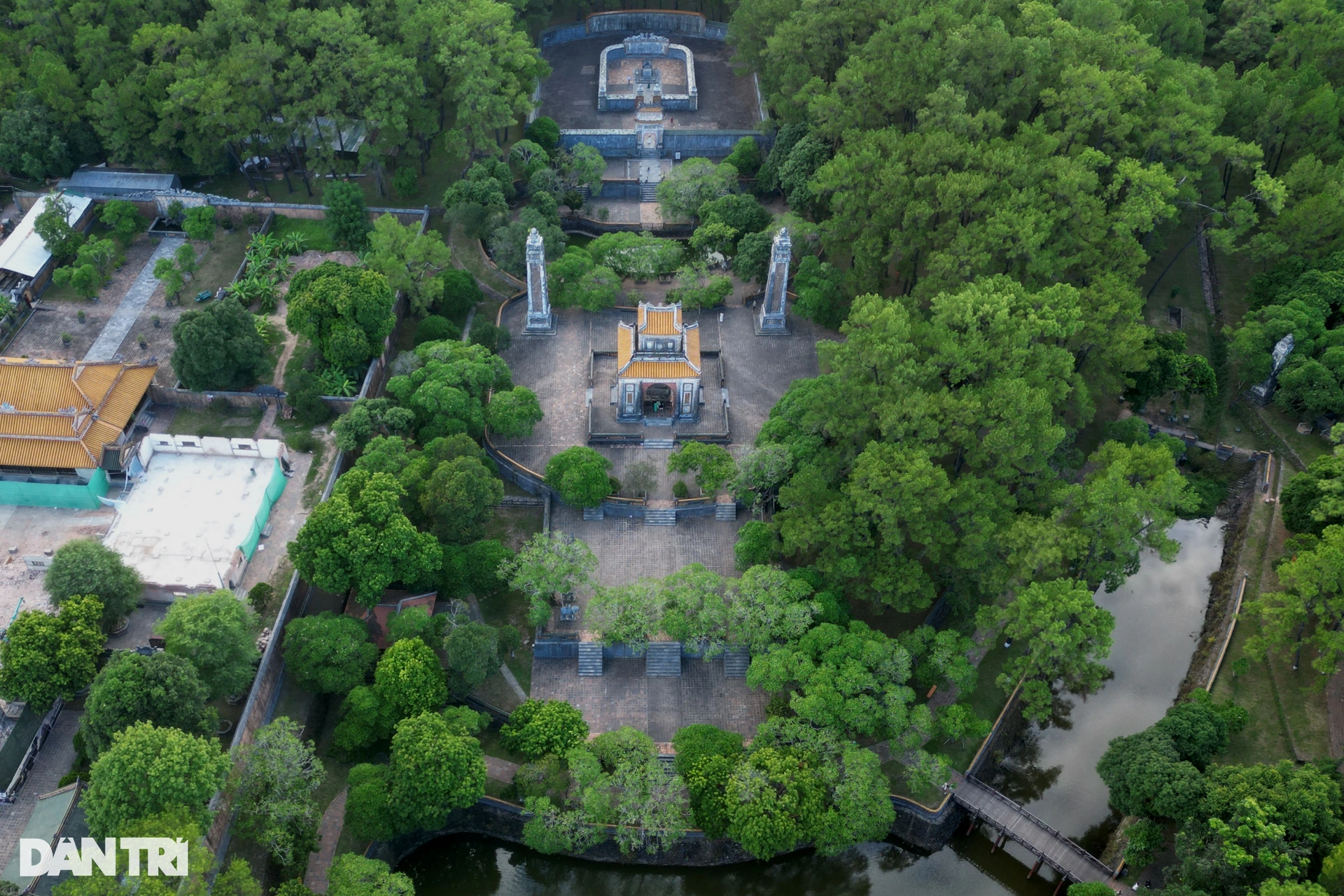




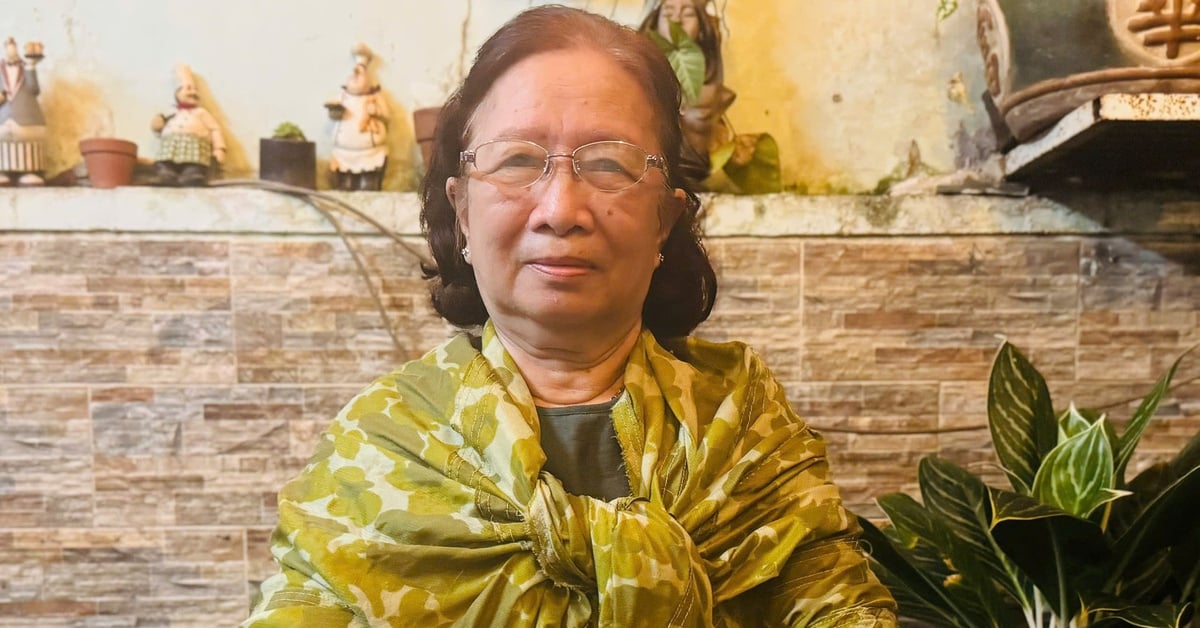
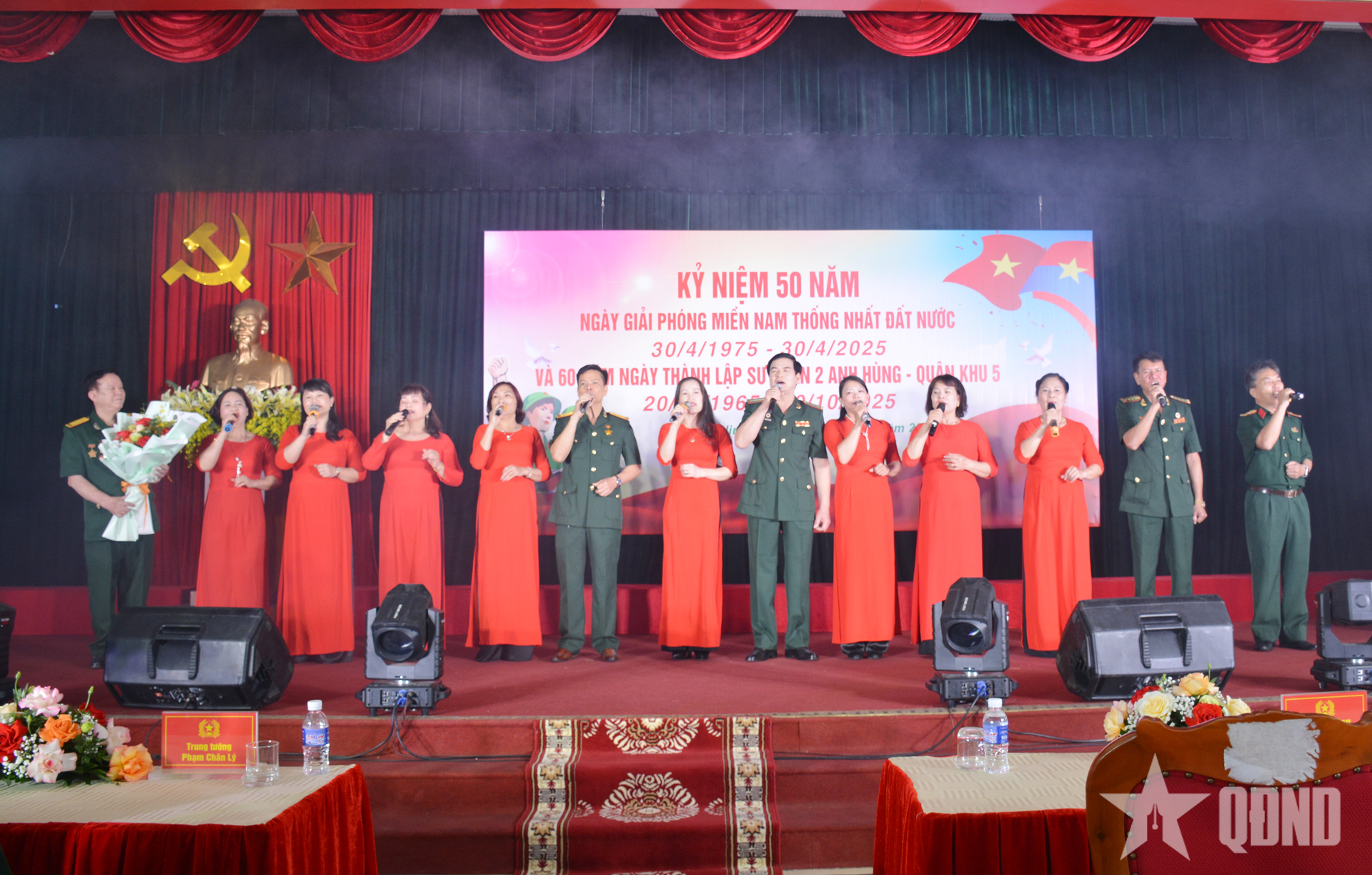

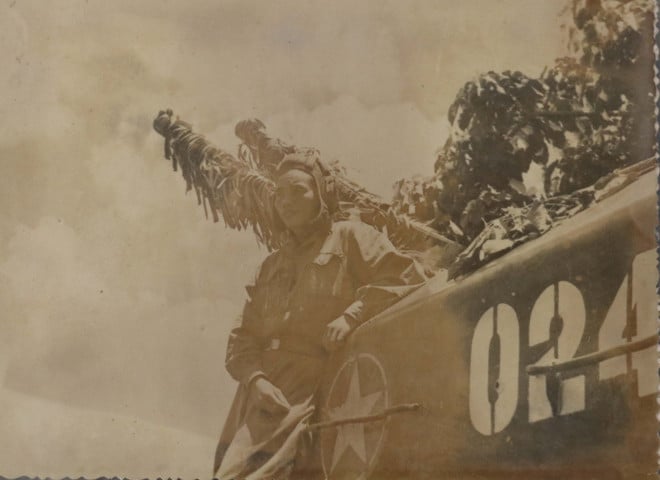
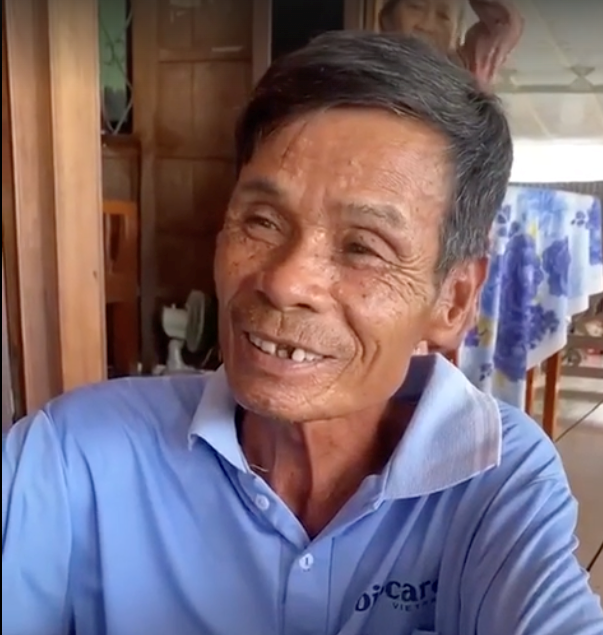


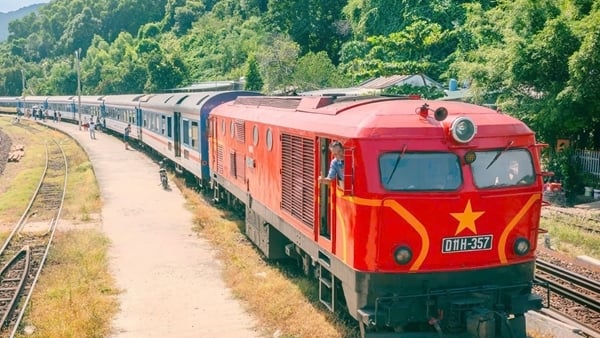






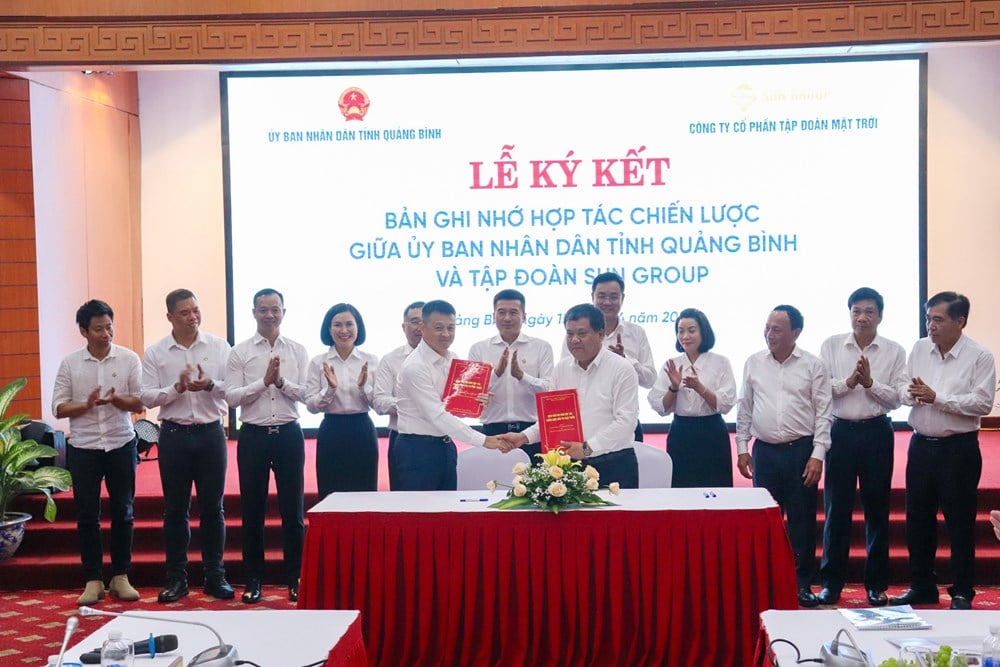

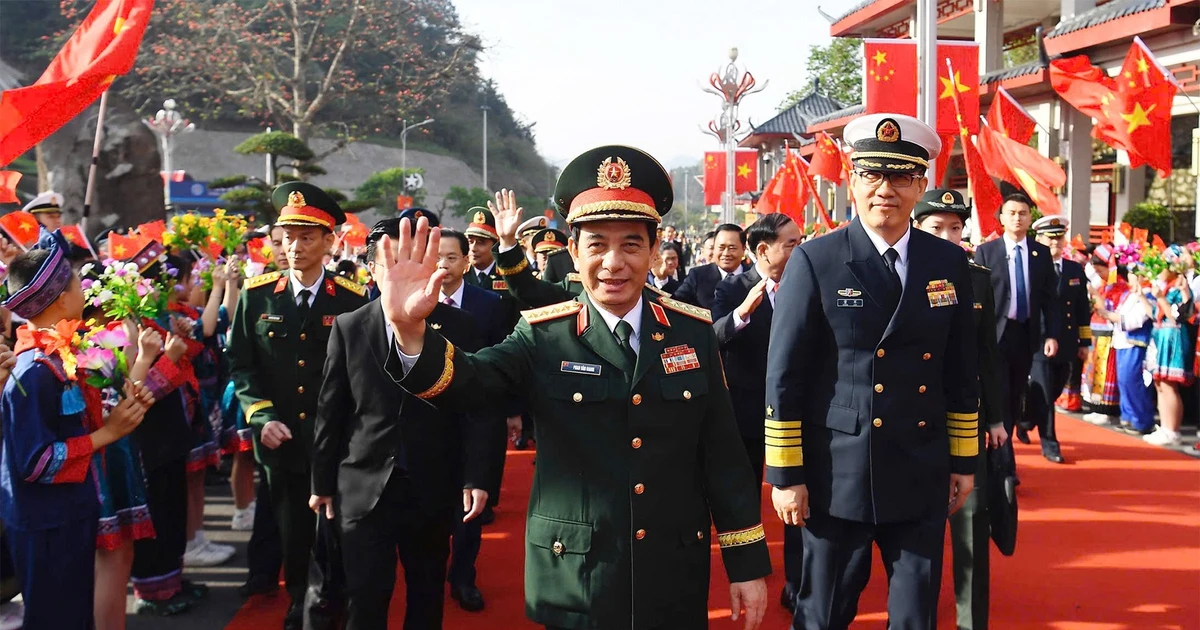

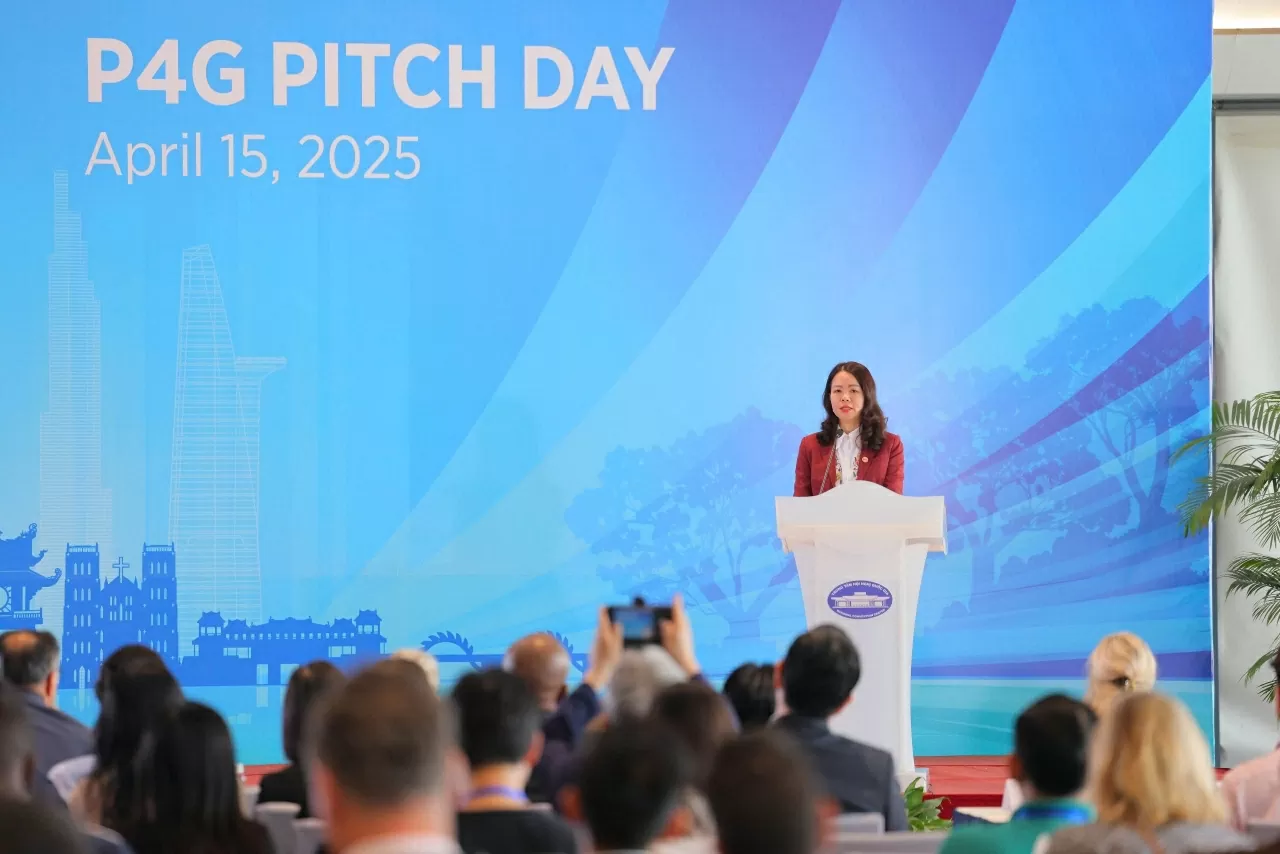




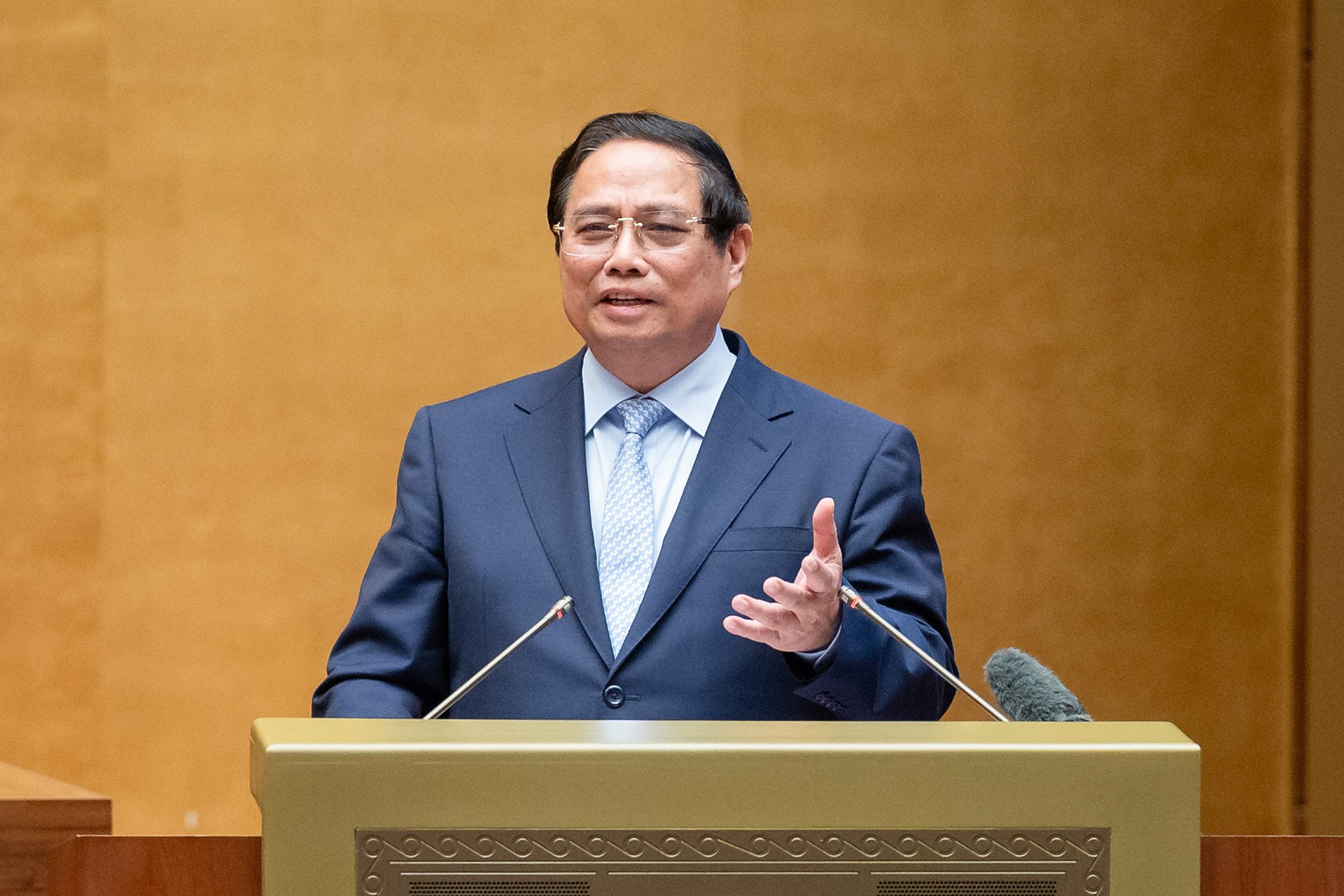

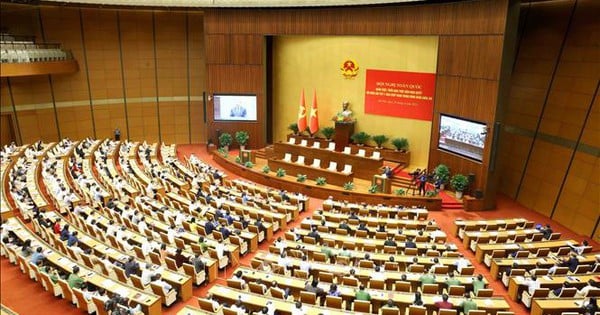



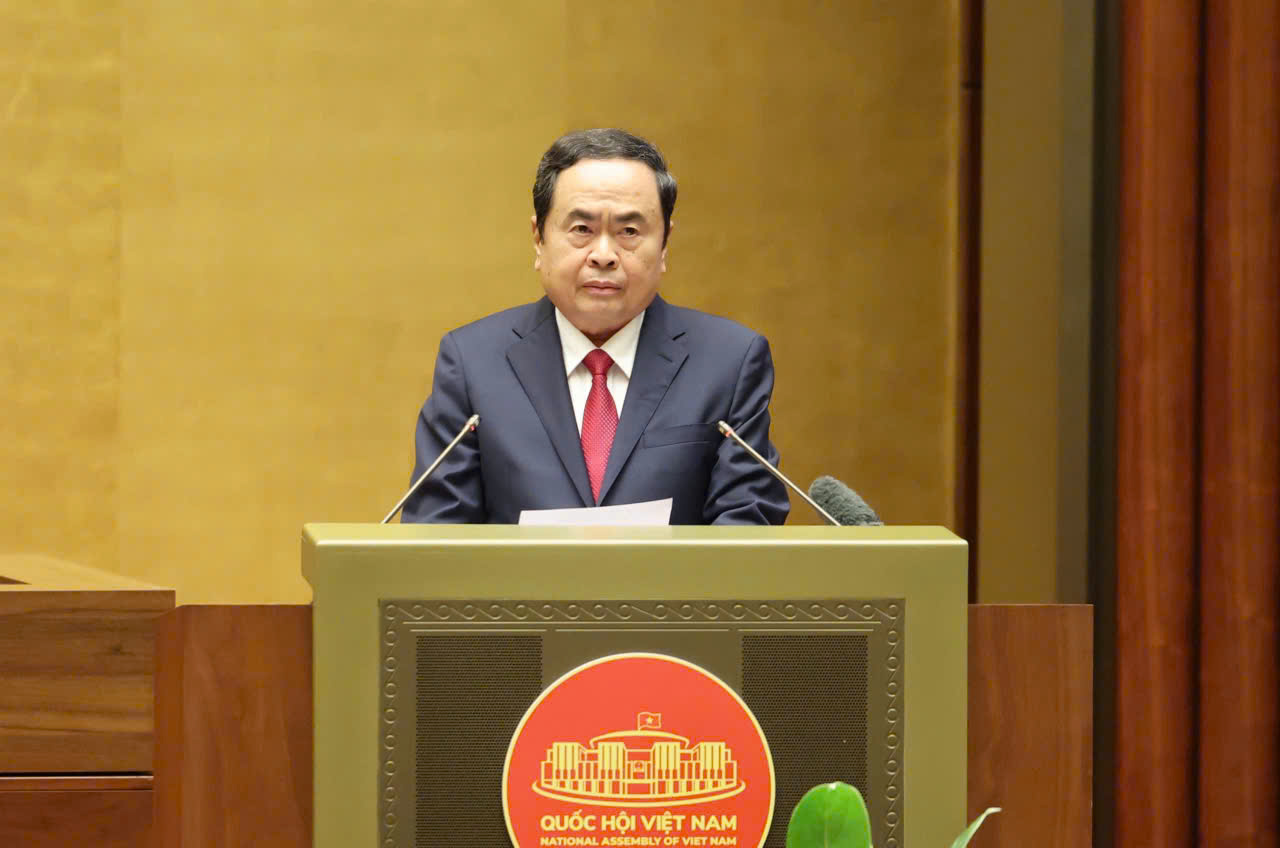




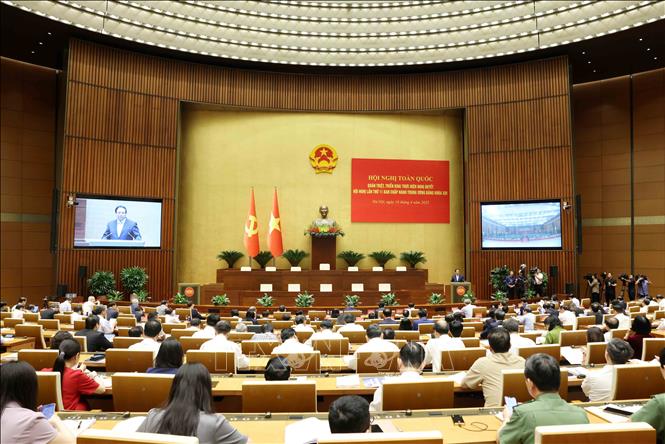

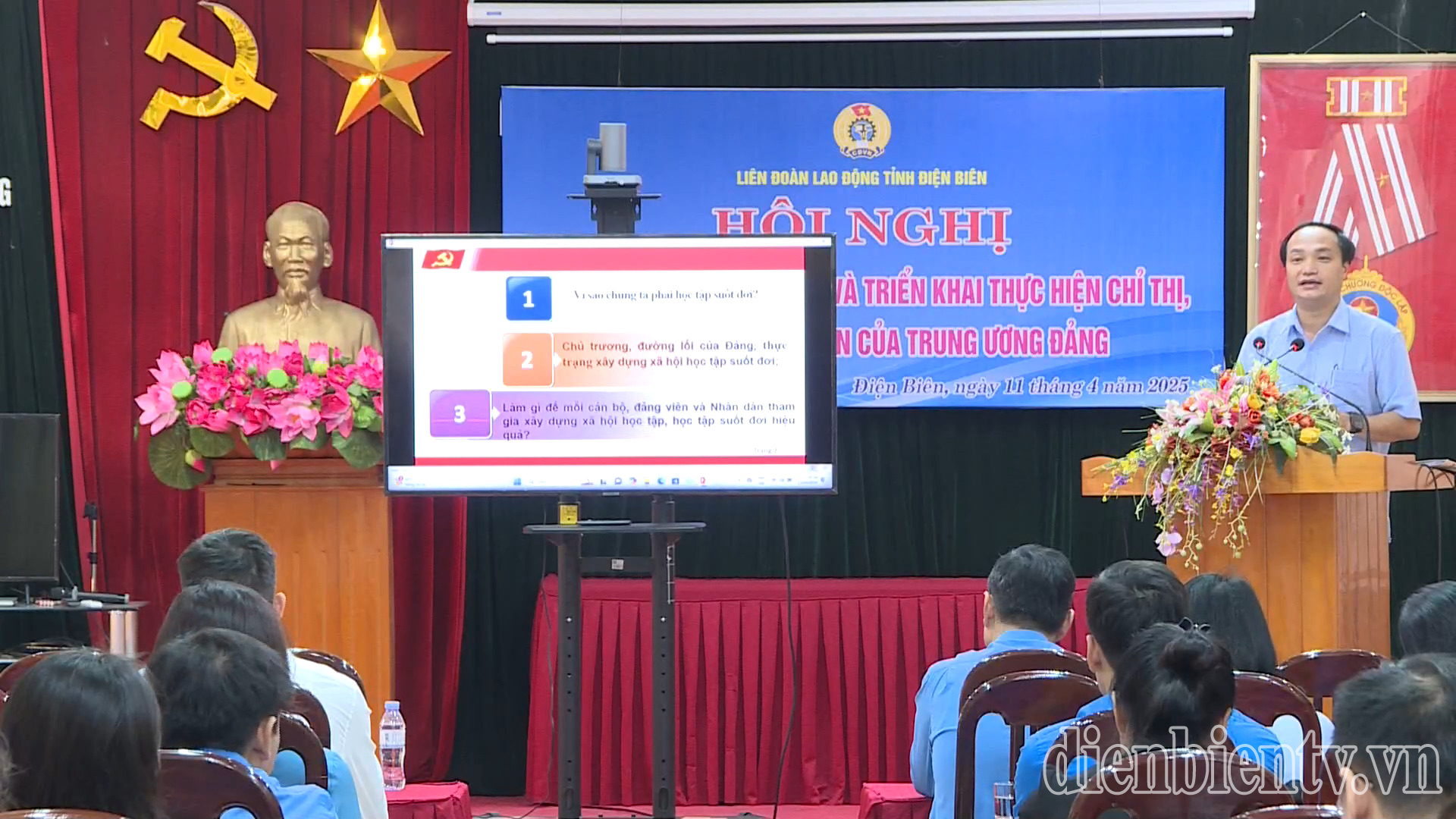
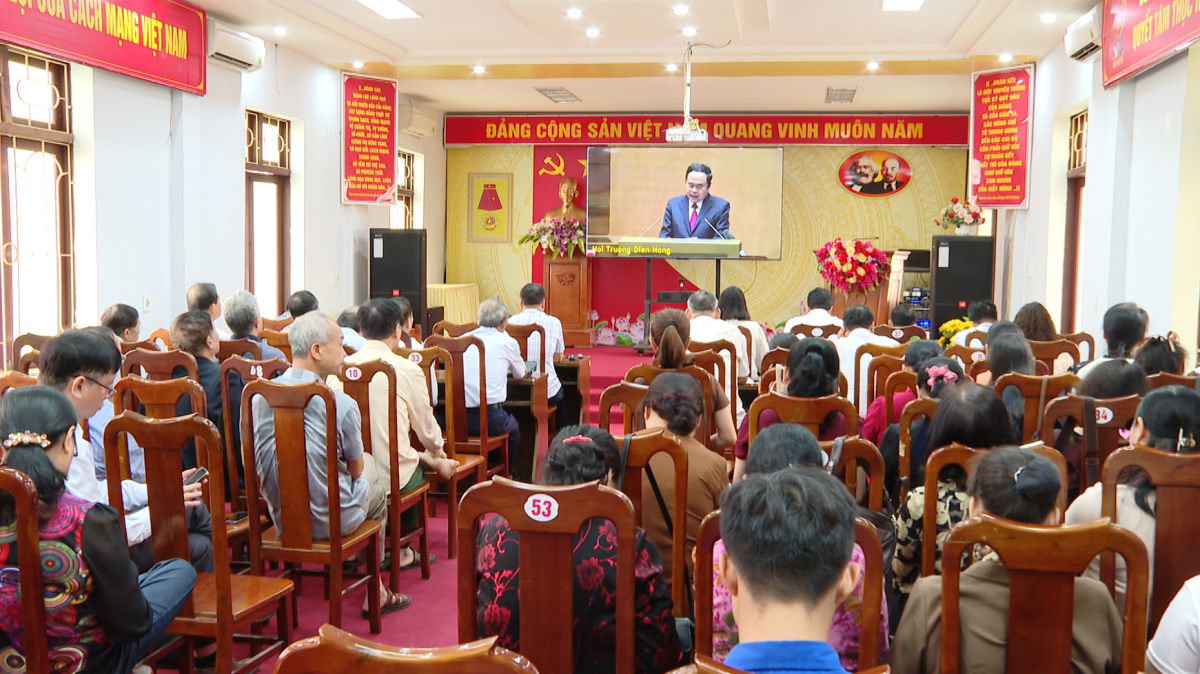


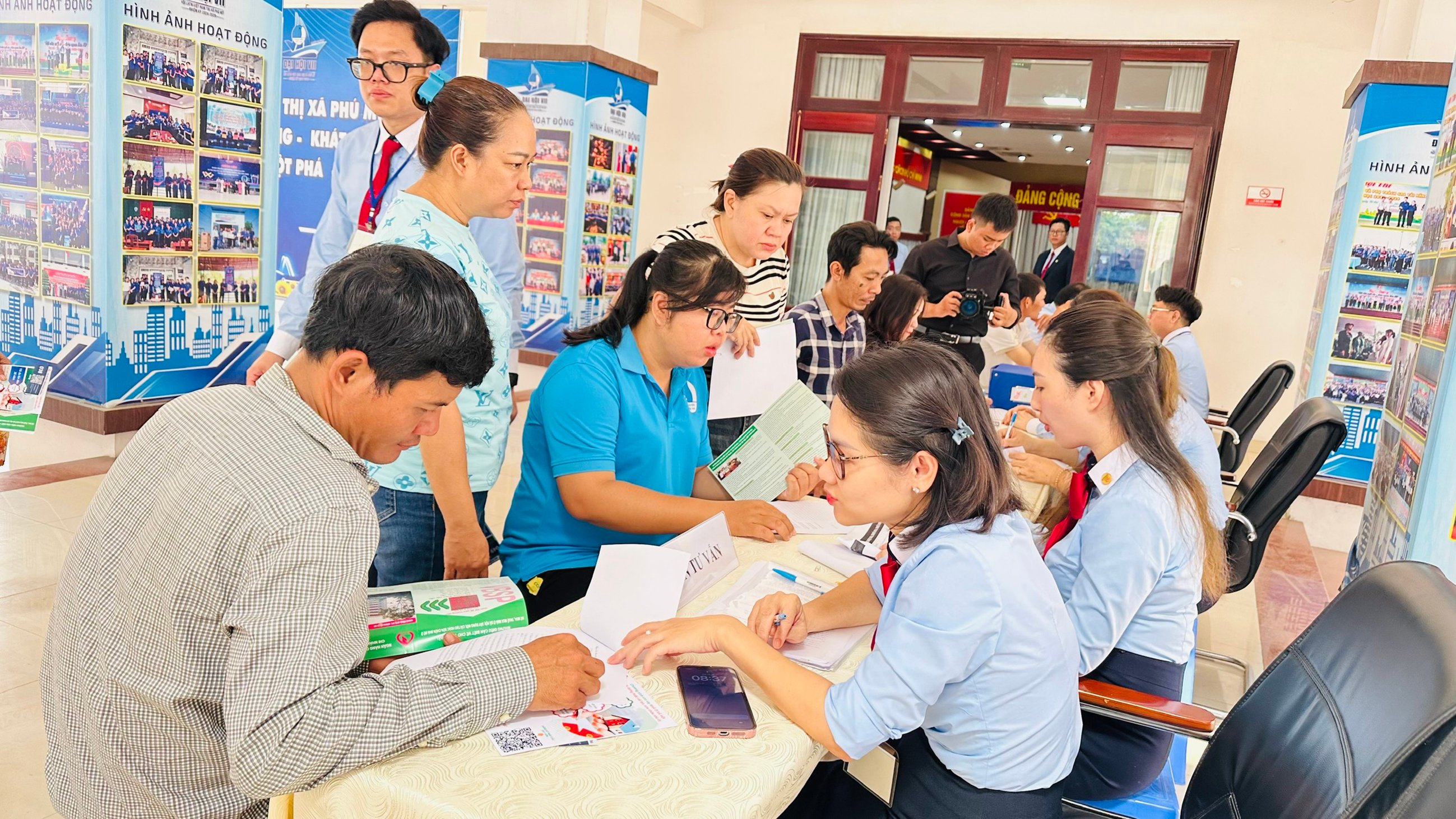

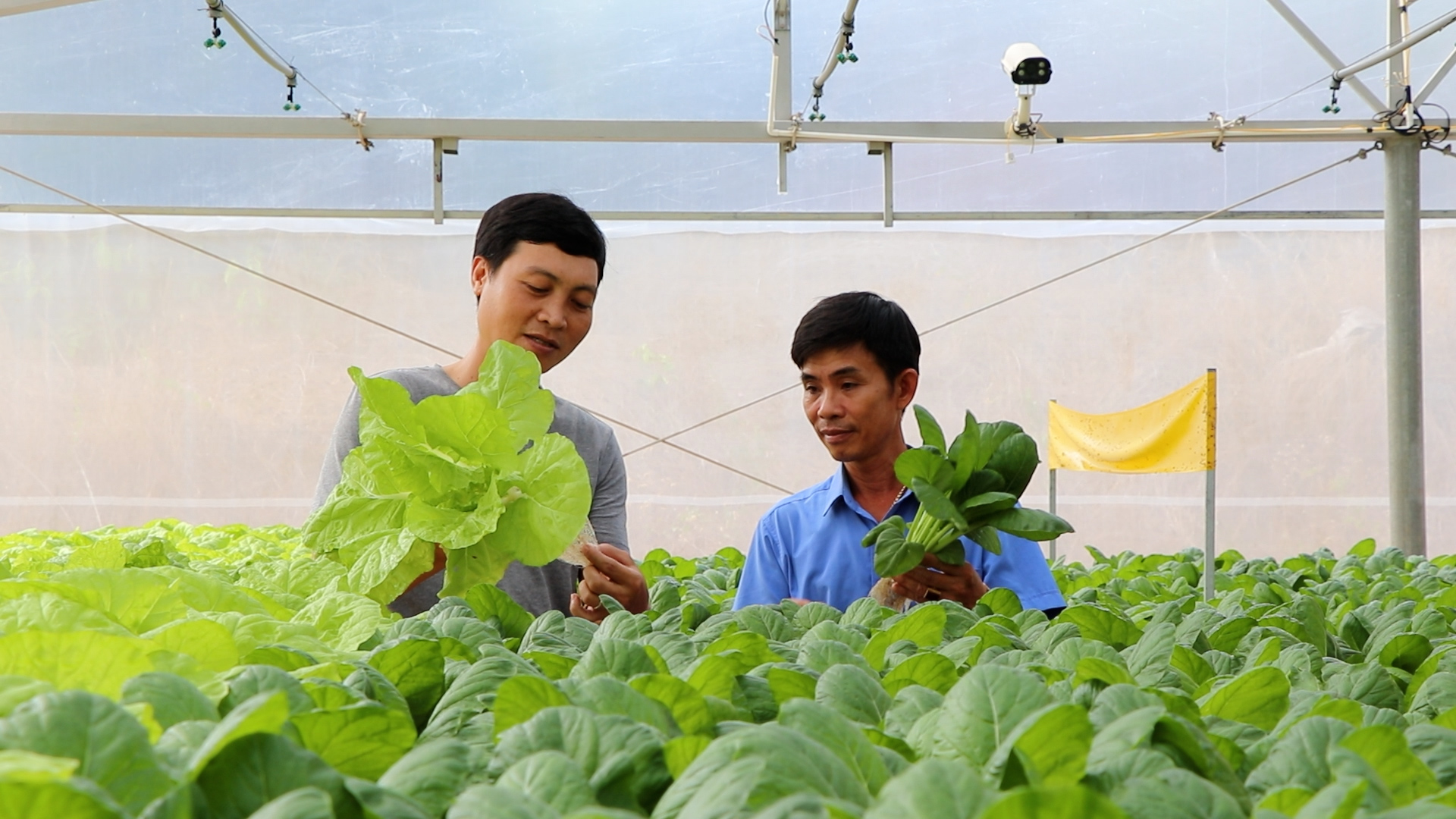
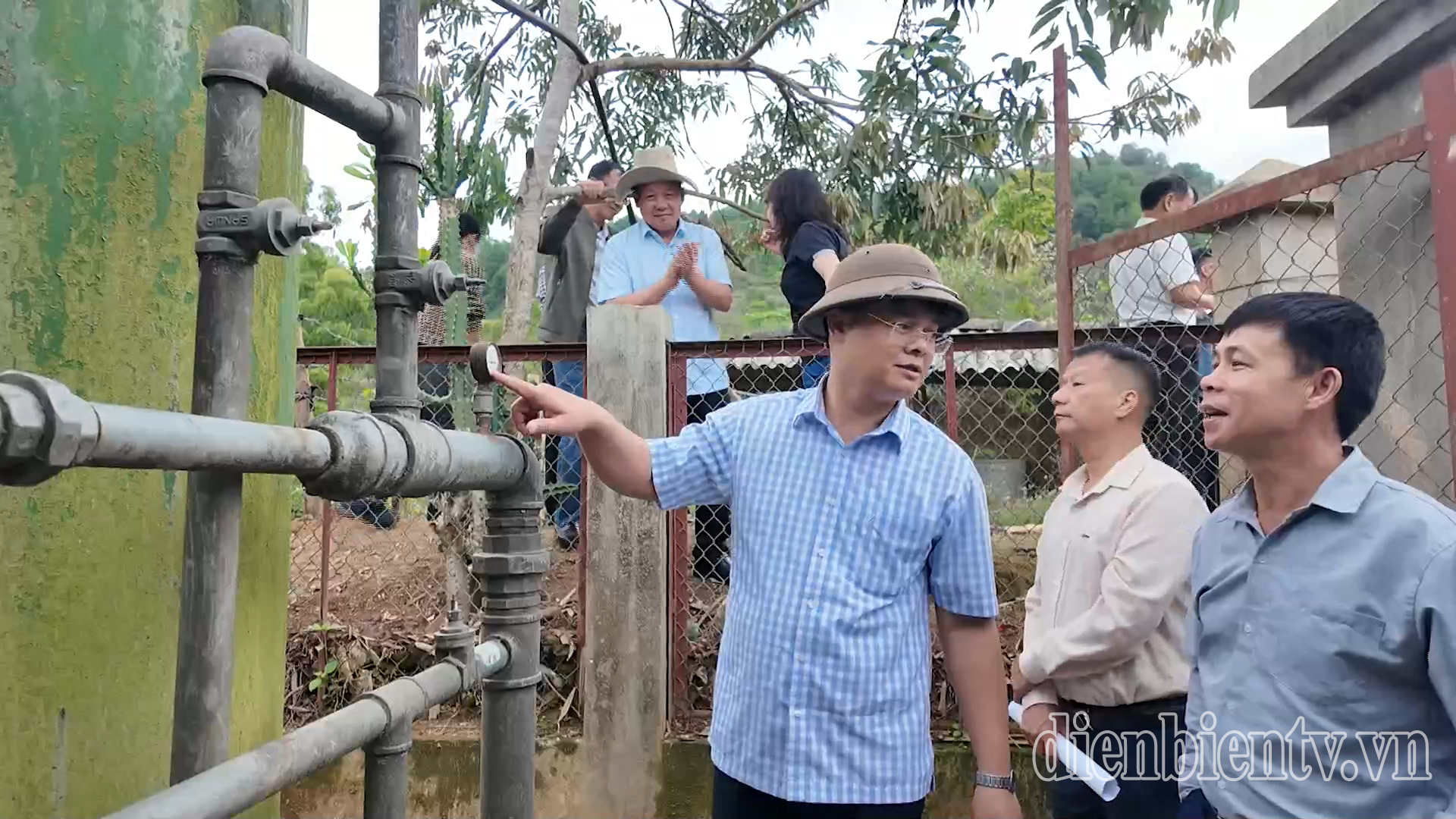
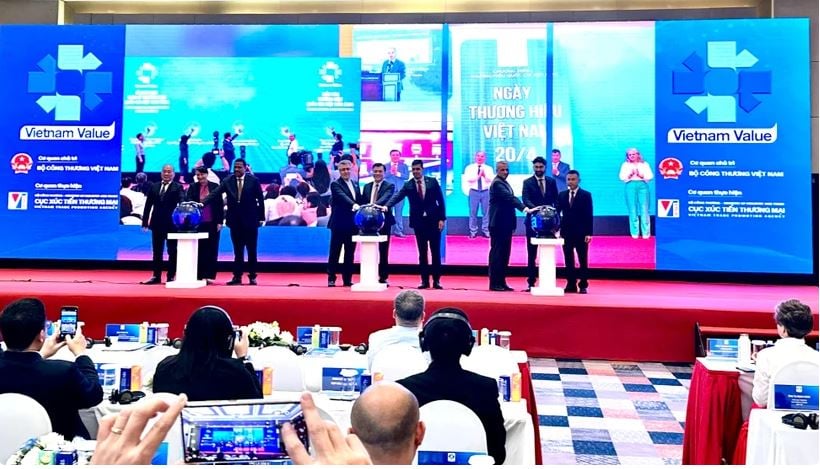






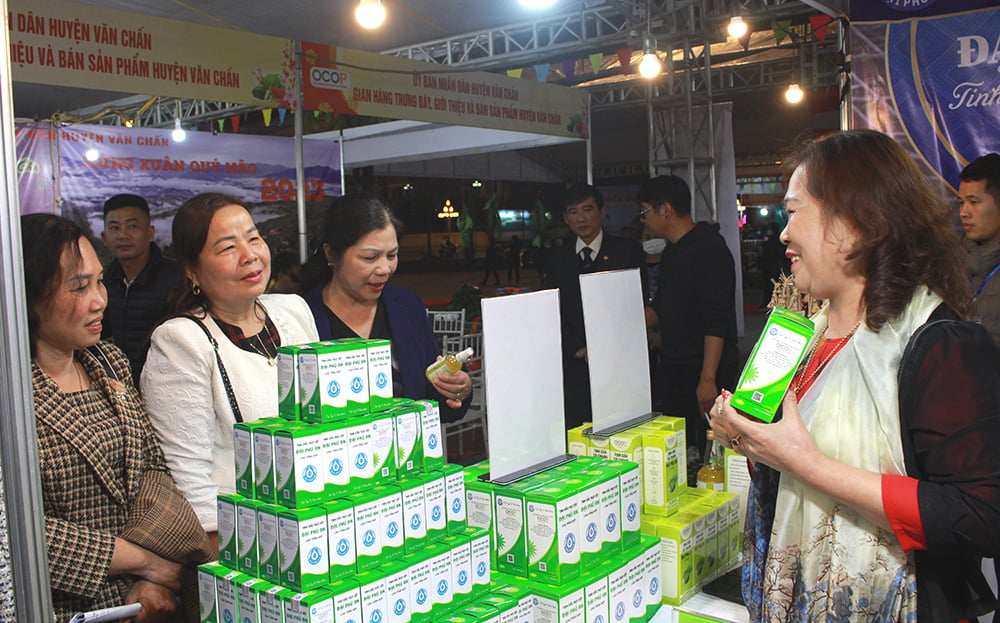
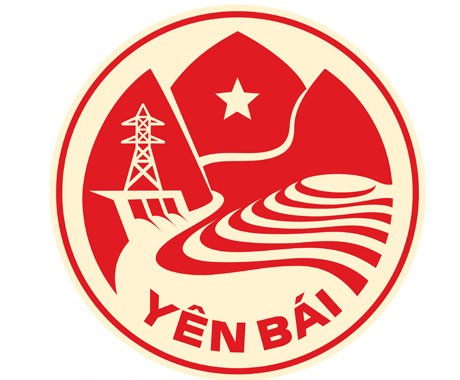
Comment (0)